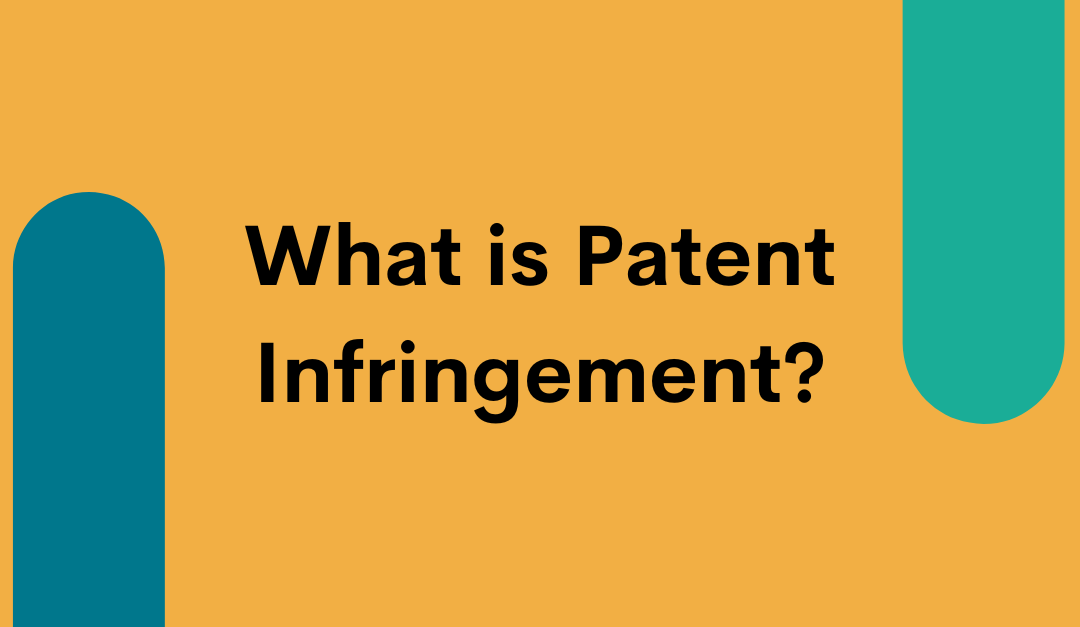Patents serve as a valuable tool of the U.S. Intellectual Property system for inventors and creators looking to protect their work in the marketplace. According to the USPTO, a patent for an invention is defined as “the grant of a property right to the inventor, issued by the United States Patent and Trademark Office.” The purpose of a patent is to give the owner legal protection over their creation to prevent others from stealing their work. As important as it is for patent holders to be on the lookout for infringement, it is also important for creators to be careful about infringing on others’ patents. Whether you’re an entrepreneur, creator, or inventor it is important to know the answer to the following question: what is patent infringement?
What is Patent Infringement?
Patent infringement is defined by the USPTO as when somebody “makes, uses, offers to sell, or sells any patented invention.” In addition, the USPTO defines anybody who “actively induces infringement” as liable. One key criterion for patent infringement is that it must occur within the United States.
While this concept may seem simple to understand, there are a number of different types of patent infringements. These include:
- Direct infringement
- Indirect infringement
- Induced infringement
- Contributory infringement
- Willful infringement
- Literal infringement
The type of infringement that has occurred is dependent on the context and nature of the infringement.
Famous Examples
One of the most famous patent infringement cases was that of Apple vs. Samsung. This case was spurred by Apple suing Samsung in 2012 over the design of the company’s smartphones. This case was not just one court battle, but many that eventually led to the case reaching the Supreme Court. The case lasted 6 years and ended in 2018 when Apple was awarded $539 million and Samsung was found to have infringed on multiple patents.
Other famous examples of patent infringement cases include Polaroid vs. Kodak (1991), Ebay Inc vs. MercExchange, LLC (2006), and Pfizer vs. Teva Pharmaceuticals and Sun Pharma (2013).
What is the Penalty for Patent Infringement?
Committing patent infringement can cause many issues for the accused infringer. There may be many financial consequences from royalties to damages to long legal battles. Not only must the infringer pay damages in some form, but they will also likely have to stop making the product in question. The largest amount of money ever paid from a patent infringement case was $2.5 billion in the Idenix v. Gilead Sciences Inc case.
_________
 The Michelson Institute for Intellectual Property, an initiative of the Michelson 20MM Foundation, provides access to empowering IP education for budding inventors and entrepreneurs. Michelson 20MM was founded thanks to the generous support of renowned spinal surgeon Dr. Gary K. Michelson and Alya Michelson. To learn more, visit 20mm.org.
The Michelson Institute for Intellectual Property, an initiative of the Michelson 20MM Foundation, provides access to empowering IP education for budding inventors and entrepreneurs. Michelson 20MM was founded thanks to the generous support of renowned spinal surgeon Dr. Gary K. Michelson and Alya Michelson. To learn more, visit 20mm.org.

A question: If a literary work is published (i.e. Ta book of .S. Elliot works) is a quotation that is properly
marked with quotation marks, and properly referenced as a footnote) if it is referenced but no
permission is granted by the author (who is dead) or the current owners of T.S. Elliot
works: is this potentially a copyright infringement?
Hi James, thanks for your question. While it does sound like an instance of fair use, I would take a look at this article here on fair use vs. copyright infringement: https://michelsonip.com/basics-of-ip-blog-series-8-is-it-fair-use-or-infringement/
I would also check in the work in question is part of the public domain: https://michelsonip.com/public-domain/
We hope this helps!
– The Michelson IP Team